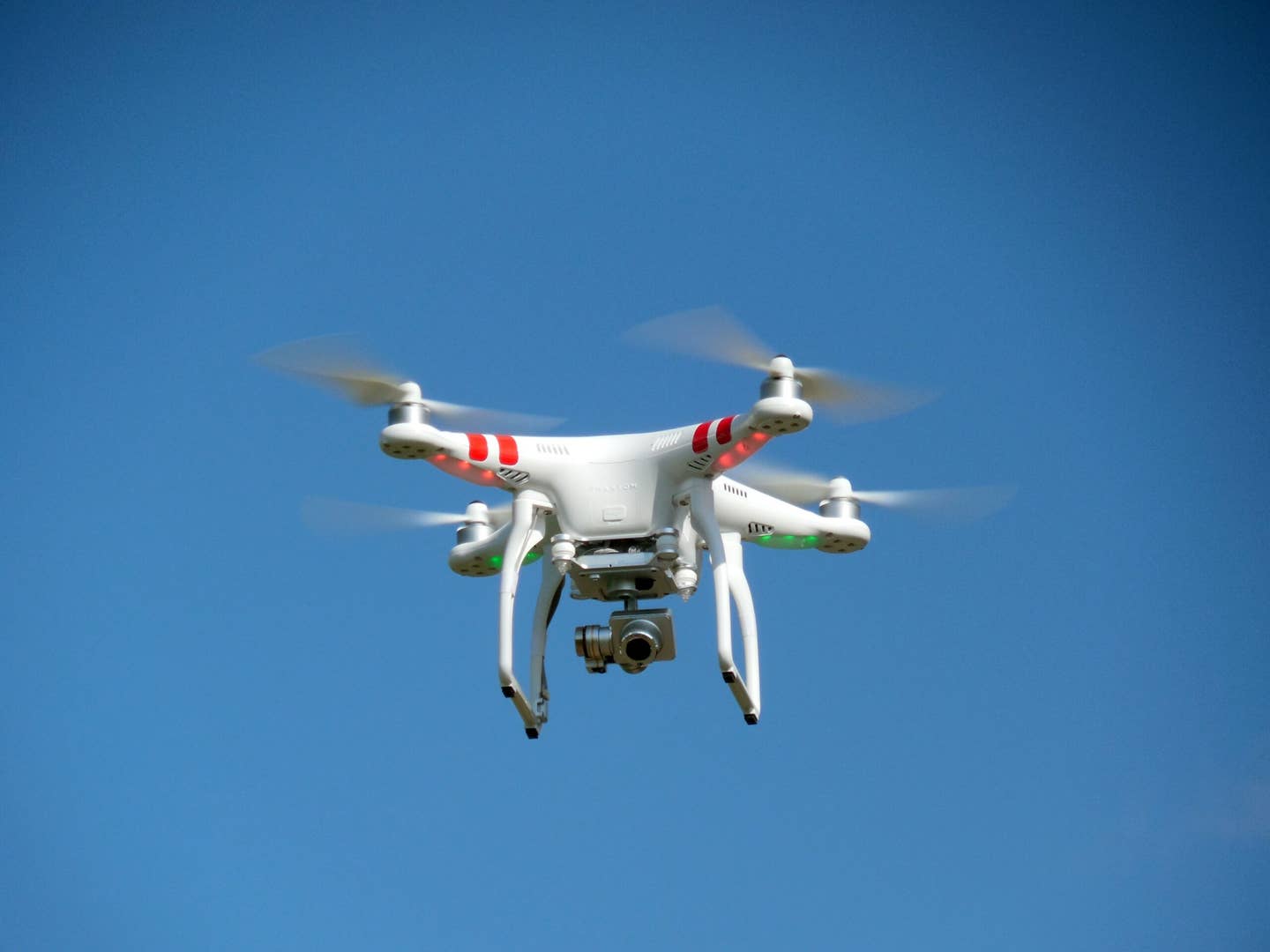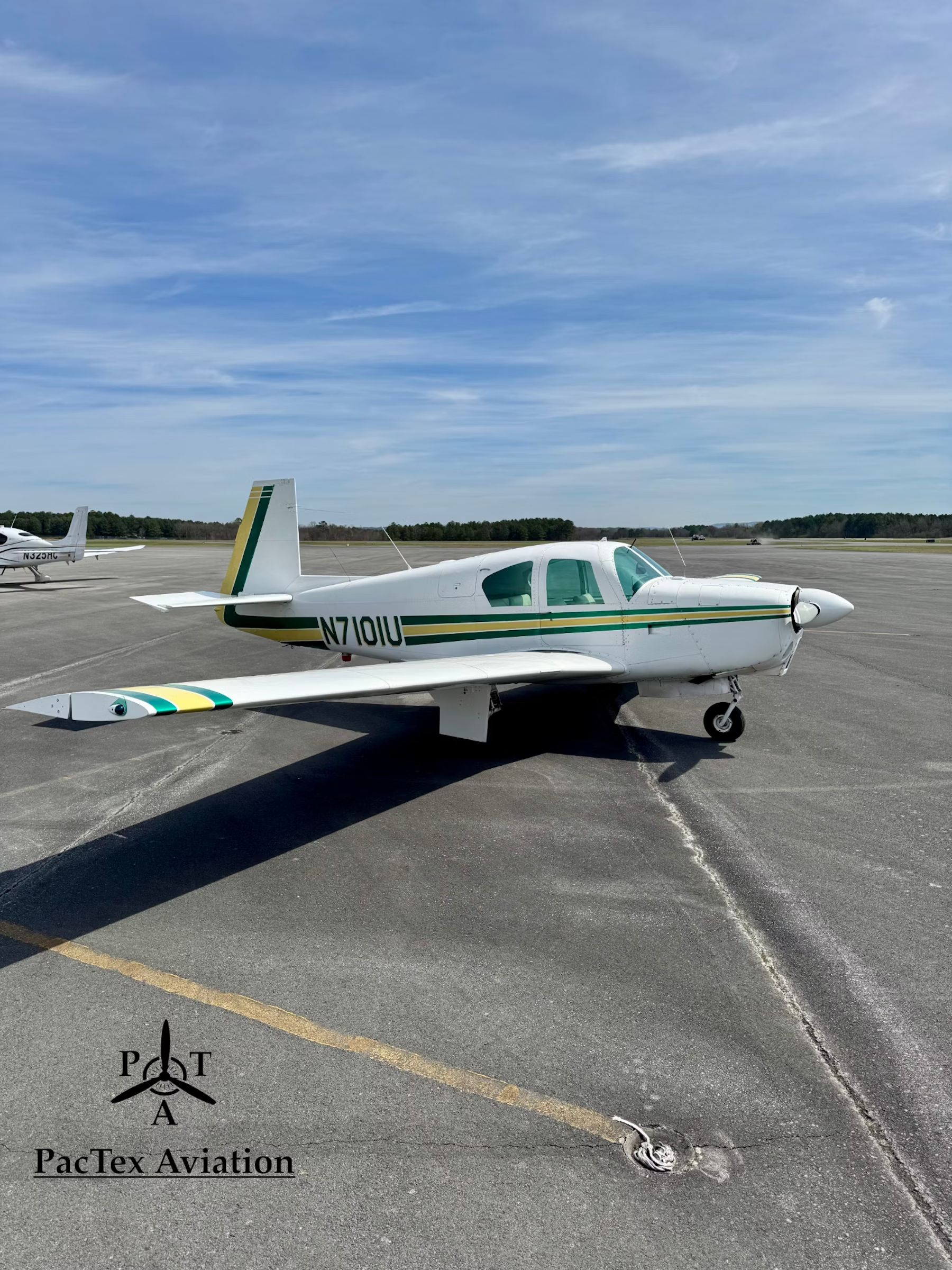
An audit of the FAA’s oversight of drones in U.S. airspace stated the agency doesn’t have a “fully developed risk-based process to oversee UAS operations.” Wikimedia Commons/succo
While most UAS operators were overjoyed at last August’s release of Part 107 governing drone use, the Department of Transportation’s Office of Inspector General (OIG) says there is work yet to be done to safely integrate these aircraft into the National Airspace System. In a critical audit on UAS operations released earlier this month, the OIG said the agency does not have a “fully developed risk-based process to oversee UAS operations, a key tool for focusing resources on a range of emerging risks, such as increased reports of UAS operating near airports.” Safety experts have believed for years that reducing the risk of a collision between a drone and a manned aircraft should remain as one of the FAA’s top priorities during the integration process.
In the past year, slightly more than two-thirds of the reports of drones posing a potential risk indicated they were flying above the 400-foot ceiling allowed by Part 107, according to the DOT. Fully 29 percent were observed flying at altitudes above 3,000 feet AGL. The OIG said the agency’s inability to accurately identify drone operators, and often their location, continues to hamper the FAA’s ability to enforce drone operations. Agency safety inspectors have been plagued at times by knowing no more about a drone operator than the name of the attorney who filed the initial paperwork with the FAA.
The audit said aviation safety inspectors have not received sufficient guidance and training on how to monitor and enforce drone operations nearly four months after Part 107’s implementation, and the agency’s efforts have focused primarily on operator education rather than enforcement. Information dissemination between FAA offices is also hampered by the agency’s lack of an automated data and tracking system for current drone activity, a problem that really cries out for a centralized database to improve effectiveness.
The OIG's audit included a number of recommendations designed to support aviation safety margins around the nation as the FAA continues integrating drones into civil airspace. These include creating milestones to ensure FAA guidance keeps pace with ever-changing drone technology while ensuring that safety inspectors are fully trained to deliver oversight. The OIG called for periodic inspections of high-risk operators and said all FAA offices should have access to the same information on drone operations in a timely manner, preferably through a central database.
The FAA responded to the OIG’s audit in less than a month and asked that a number of recommendations, including those on inspector training and guidance for visiting high-priority operators, as well as the informational database, be considered closed since the agency has developed resources to answer those concerns. FAA Office of Audit and Evaluation director Clayton Foushee's response included notes on AC 107-2 from June 2016, as well as updated inspector guidance effective with the publishing of Part 107. Another agency source, FAA Order 8900.1, vol. 16, offers rather robust compliance and enforcement guidance for safety inspectors on drones.
Questionable, however, is Foushee’s claim that the current manned risk-based oversight program will work with drones. Experts both inside and outside the FAA have already spoken to the difficulty of enforcing manned aircraft guidelines due to a severe lack of safety inspectors, a problem exacerbated by the current budget continuing resolution. How the agency expects to provide oversight on the 2 million-plus drones expected to join the fleet this year alone with the inspector shortage is not detailed.
The OIG does not seem willing to take the agency at its word and asked the FAA for additional verification information on many topics and concluded the audit on December 1, 2016, saying that, “Until we receive this additional information, we consider these recommendations open and unresolved.”
The OIG, whose mission is to provide the Secretary of Transportation and Congress with independent and objective reviews of DOT operations, said the drone population could increase by as many as 1.9 million new units by the end of 2016, with a significant portion of that increase occurring during this holiday season.

Sign-up for newsletters & special offers!
Get the latest FLYING stories & special offers delivered directly to your inbox






